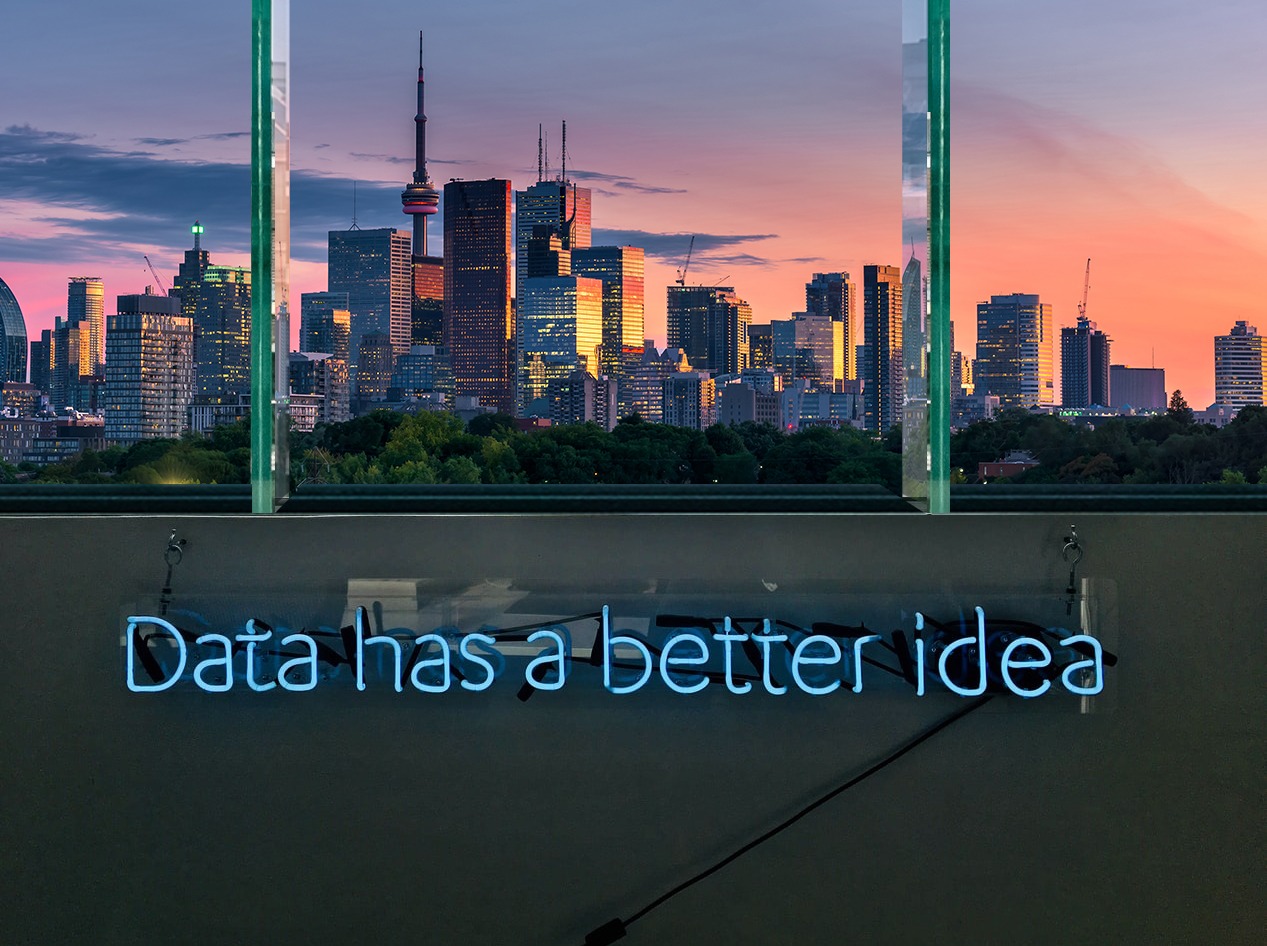OK, what comes to mind when you hear the word diffusion? Perfume spreading through a room? A drop of ink swirling into a glass of water? When I first heard the terms “diffusion model”, I thought of my humidifier, chaotically diffusing water droplets in my room.
But today, diffusion has taken on a very new meaning in the world of medical imaging!
You’ve probably heard a lot about GPT recently, models that can generate almost anything: stories, poems, even computer code. But did you know that alongside GPT for text, there are other types of models that generate images, like beautiful paintings, photorealistic pictures… and yes, even medical images?
This is where the “diffusion” in diffusion models comes in! Just like my humidifier slowly releases tiny water droplets into the air, diffusion models spread random noise across an image and then cleverly gather it back together to form something meaningful! In my case, instead of a cat jumping because they saw a cucumber, I generate gastrointestinal tract images from their segmentation masks! (Yes, I agree with you, I am cooler)
But what are segmentation masks?
Elementary, my dear Watson! Segmentation masks are like a topological map, showing the exact locations that Sherlock Holmes (in this case, the radiologist) would search for hidden clues, such as tumors, organs, vessels, to uncover cancerous Moriarty’s next plan. Super important when doctors need to know exactly where to operate or how a disease is spreading.
Until recently, generating these masks required lots of manual work from radiologists, or tons of carefully labeled data. But now?
By training diffusion models properly, we can synthesize realistic segmentation masks, even when data is limited. That means more diverse, more accurate, and more creative ways to augment medical datasets for training better AI models.
It’s like equipping our medical research toolbox with a team of colorful GPUs, each one working like a tireless laboratory assistant, swiftly and precisely creating endoscopy images at the click of a button, generating in moments what used to take hours of painstaking effort. This lets you breathe easy, knowing that your next endoscopy won’t need to be fed into an AI model, thus sparing patient privacy and giving medical professionals more time to focus on what truly matters!
Thank you for reading, and I’ll see you in the blogosphere!
Xin Lei Lin
